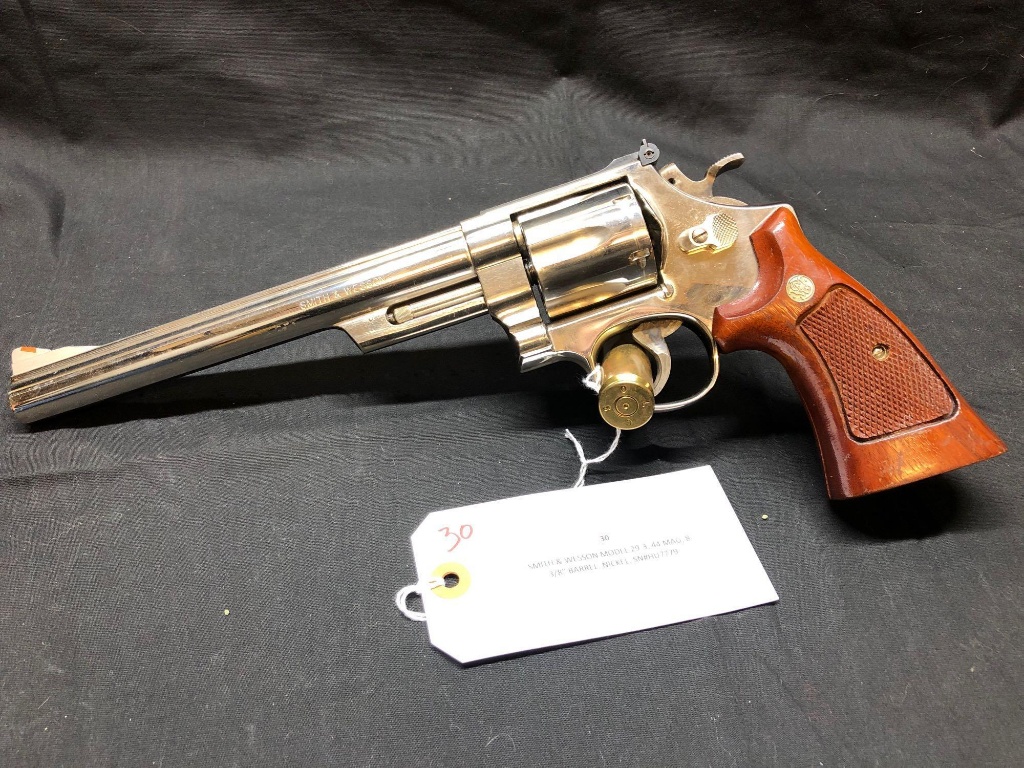Inside the Neilson Library. As the intellectual heart of the campus, the library celebrates learning, connection, discovery and beauty. Take a virtual tour and revel in the innovative spaces, awe-inspiring design and breathtaking views. See for yourself why architectural designer Maya Lin describes Nielson Library as “calmly natural,”. Smith’s quality practices innovate as fast as the technology around us, with constant diligence, growth, and attention to detail keeping us at the industry’s forefront.
Promotinoal Content for Smith & Wesson. This is a carousel with auto-rotating slides. Activate any of the buttons to disable rotation. Use Next and Previous buttons to navigate, or jump to a slide with the slide dots.Our most comfortable, high-capacity, concealed carry, Micro-Compact ever.
The M&P Shield® Plus
Learn MoreBodhi puja gatha pdf to jpg. Off Duty, Not Off Guard
American Guardians
Learn MoreGUN FINDER
Answer a few questions to find the right products for you.
GET STARTED
FEATURED PRODUCT
M&P9 SHIELD EZ
Easy to use features in a compact, slim design.
GUN FINDER
Answer a few questions to find the right products for you.
Smith & Wesson Model 29-3 Serial Numbers
Thenumber one variation on the Model 29 theme is the Model 629, a stainless steel.44 Magnum introduced in 1978 with serial numbers N629062 to N629200 for aspecial run of 'pre-production' guns followed by the first productiongun, serial number N748564 all with 6” barrels. In 1980 both 4” and 8 3/8”barrels were added to the catalog. A very few 5” barrels have been offered.
Jaden Smith
Bluestacks mac security and privacy.
22-6) Four examples of629s and custom stocks: 5” with Eagle Grips, 6” with
BearHug grips, and apair of 629 Classics stocked by Herrett’s.


22-14 The gold beadfront sight on the 629 MagnaClassic is excellent for
long-range shooting.
Photo courtesyof Glen Fryxell.
Chapter 21Chapter 23
